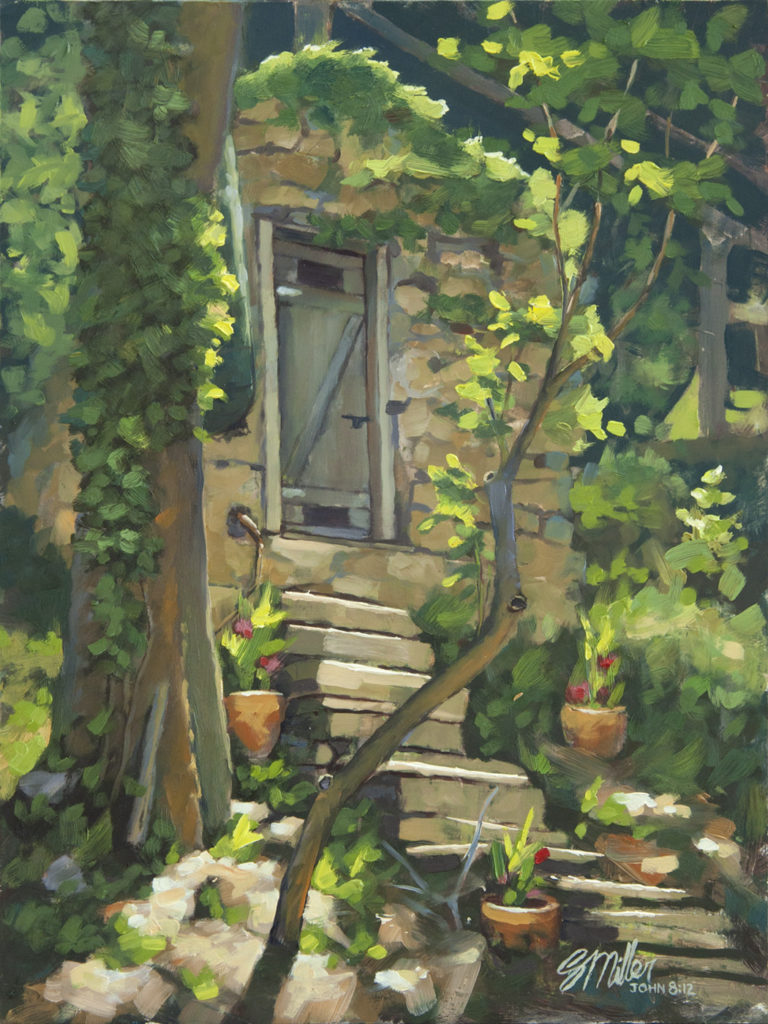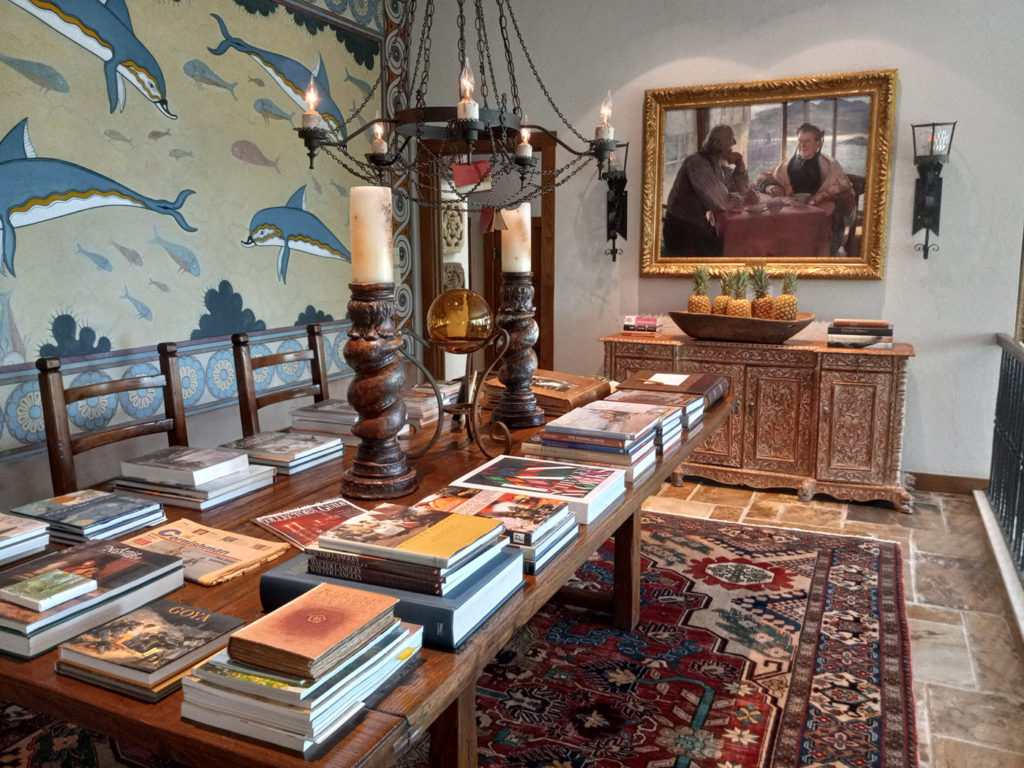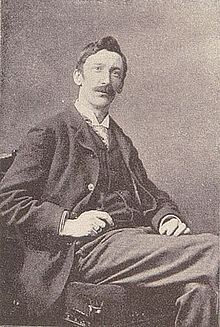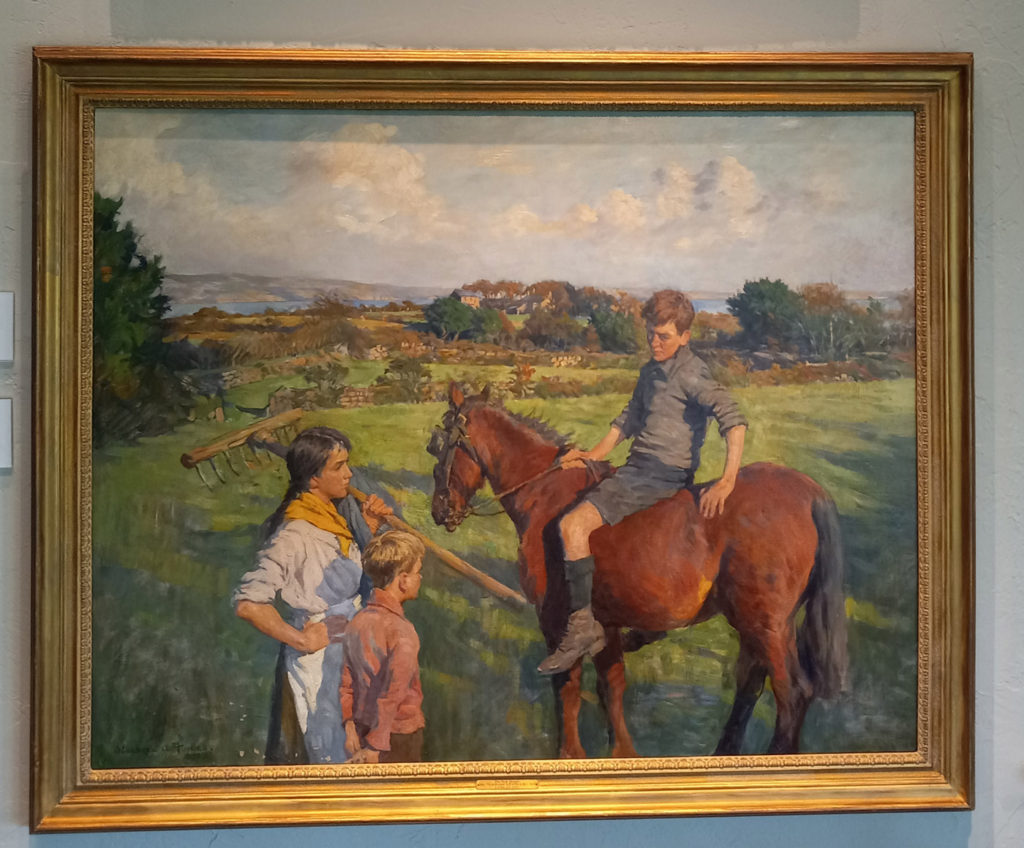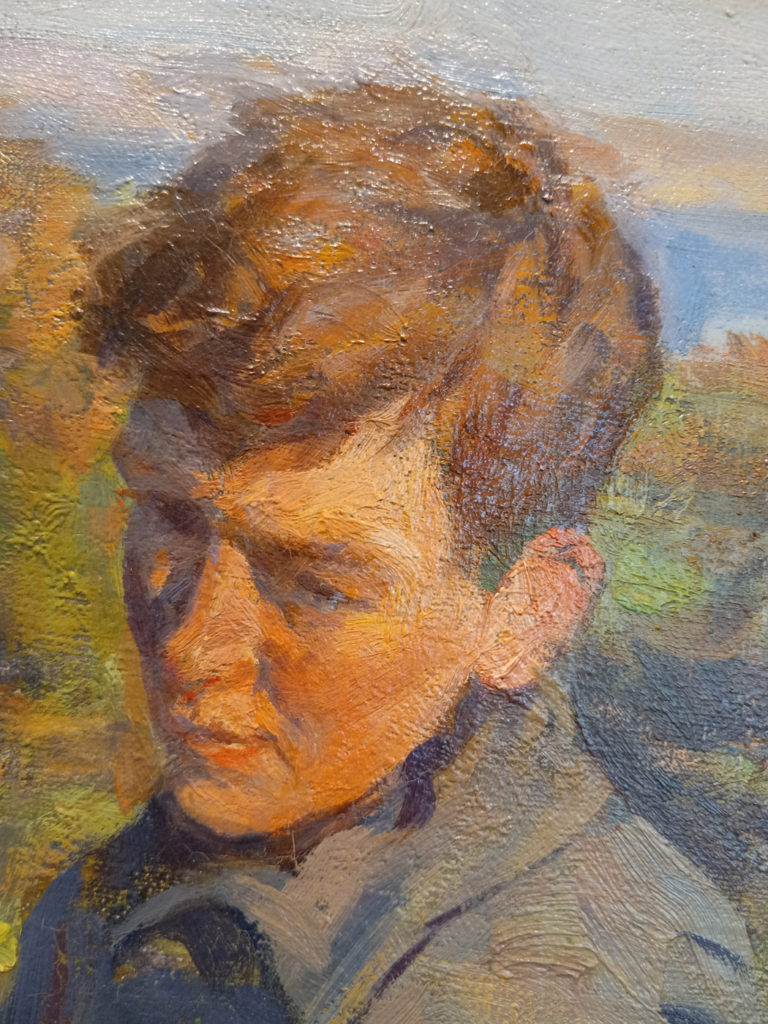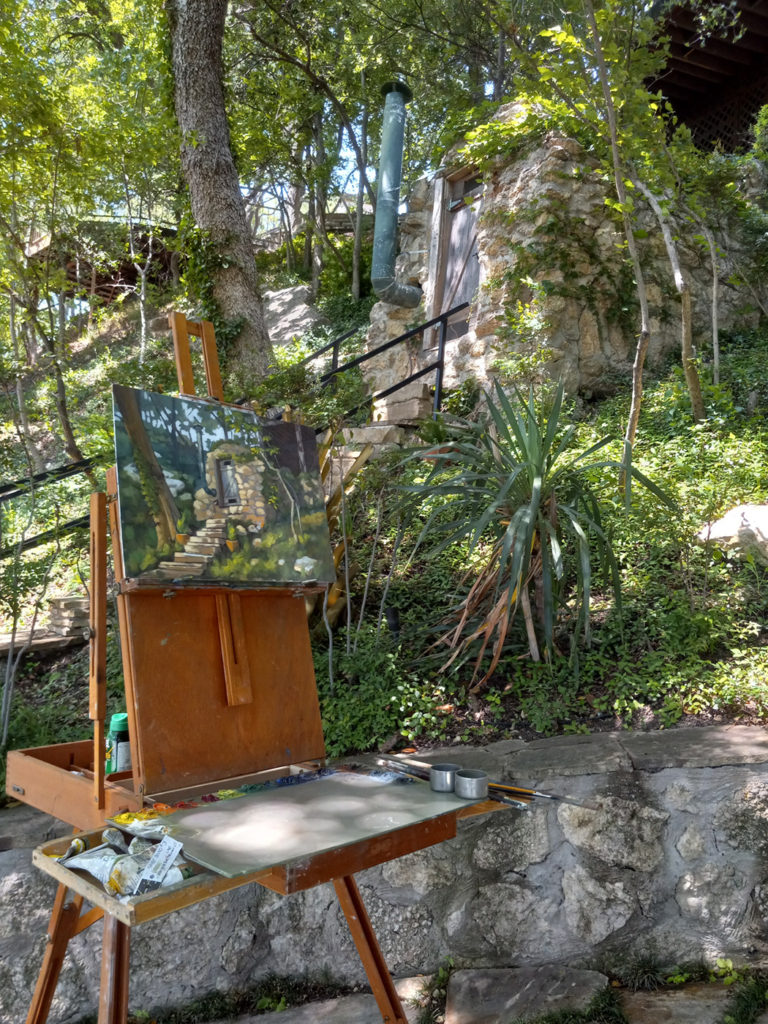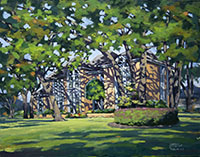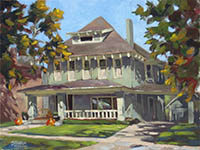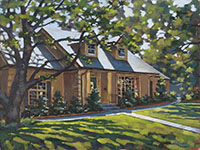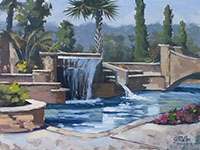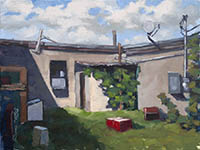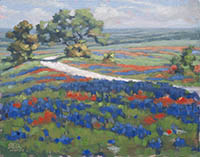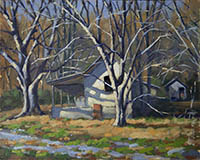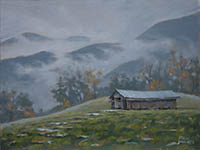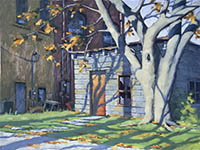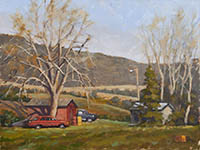The month of May brought a blessing to both me and my wife in the form of a 4 day stay at the Haddock Center. The Center has an awesome Artist in Residence program, and we can’t express our gratitude enough to Gerald and Diane Haddock for the awesome stay at the Center.
(The thoughts and opinions below are my own, and do not reflect the view of the Haddock Center)
The tag line for the Haddock Center is “An Approachable Fine Art Museum” and we discovered this to be true. The Museum focuses on artists of the Newlyn School of Cornwall, England, especially Stanhope Alexander Forbes. Stanhope Forbes was a British artist (1857 – 1947) and a founding member of the Newlyn school of painters. The works of Stanhope Forbes hanging at the Haddock Center are truly incredible and I enjoyed exploring every aspect of his originals. I was not familiar with Stanhope Forbes until my visit to the center, but I have to say that after spending several days studying his work at the Center, he is one of my new favorite artists.
My wife and I’s stay was very restful and relaxing, and I also got some painting time in. Since the Center sits high above Eagle Mountain Lake north of Fort Worth, Texas, my wife and I spent the evenings sitting on the docks watching the sun set over the lake. I spent the days painting in the beautiful gardens and well-kept grounds of the Center. Every evening, after the sun set and darkness gently enveloped the lake, I found it quiet refreshing to have the luxury of climbing the many stairs back up from the shoreline to the Center and sitting in front of one of Stanhope Forbes masterpieces and studying the values and colors of his paintings from another century. As well as being in awe of his work, I was also trying to solve a problem I was having with the painting I had spent the day working on.
Also available to visiting artists are many incredible art books, each highlighting some of the finest paintings of the past two centuries. I also stumbled across a small book at the center titled “What is Art” by Leo Tolstoy. I read a few pages in the evenings and found it very interesting to say the least. (Later after arriving back home, I listened to the entire audio book).
Some of Leo Tolstoy’s thoughts on art I found intriguing and fascinating and I agreed with a portion of his views on art. But, did find we differed in some other aspects of our individual world views, which time will not permit to address here. His book did stimulate me to work through and focus my own ideas of what exactly “Art” is.
When I view a painting like “The New Mount” by Stanhope Forbes, once I took in the sheer beauty of the work, it seemed to create a desire in me for something that was just out of my grasp. A world that SHOULD be, but is not. A longing for another place, where there is no destruction, death, where wasp don’t sting and snakes don’t bite and every morning is a perfect spring day. I believe art takes us to such places, awaking in us an unmet desire; beautiful art can stimulate our thoughts for heaven.
C.S. Lewis had a unique gift for breaking down a complex idea into a simple thought. The quote below from Mere Christianity communicates the thought well:
“Most people, if they had really learned to look into their own hearts, would know that they do want, and want acutely, something that cannot be had in this world. There are all sorts of things in this world that offer to give it to you, but they never quite keep their promise […] If I find in myself a desire which no experience in this world can satisfy, the most probable explanation is that I was made for another world.”
“Probably earthly pleasures were never meant to satisfy it, but only to arouse it, to suggest the real thing. If that is so, I must take care, on the one hand, never to despise, or be unthankful for, these earthly blessings, and on the other, never to mistake them for the something else of which they are only a kind of copy, or echo, or mirage. I must keep alive in myself the desire for my true country, which I shall not find till after death; I must never let it get snowed under or turned aside; I must make it the main object of life to press on to that other country and to help others to do the same.”
Art, like music and writing, can point to that “other country.”
“…but just as it is written: “Things which eye has not seen and ear has not heard, and which have not entered the human heart, all that God has prepared for those who love Him.” Corinthians 2:9
